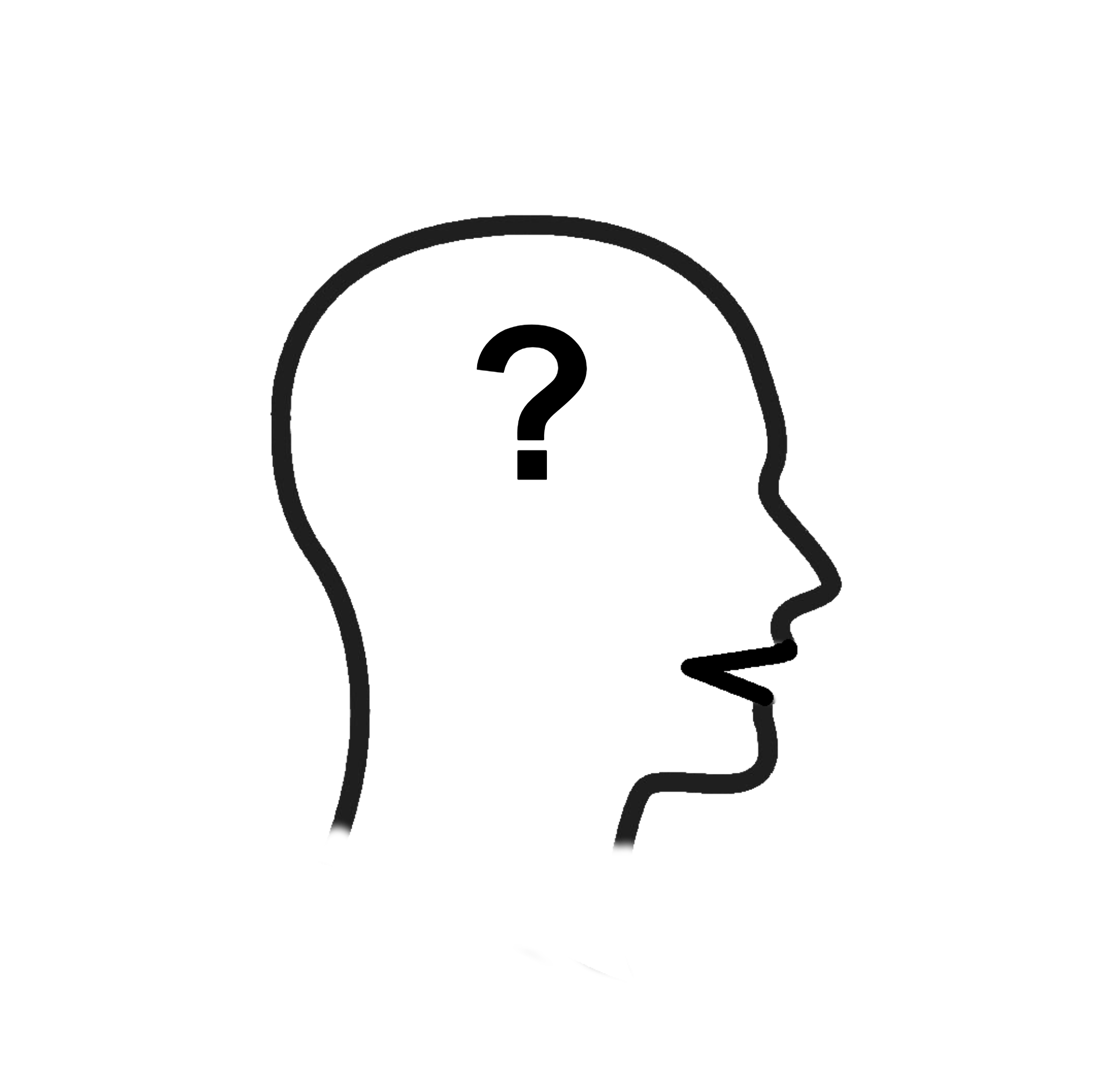Creative thinking

Another type of thinking that has similarities to reflective thinking is creative thinking. Bocchi et al. (2014) feel that creativity is not actively encouraged by our educational systems and that our educational systems are based on forms of thinking which are inappropriate for the sorts of problems that we face today. Punt (2004) concurs with Bocchi's view and also states that the imagined is significant as a form of knowledge and that we need to sceptically review what we consider as knowledge.
Creativity in individuals
For an individual Csikszentmihalyi (1996) identifies ten pairs of traits which are often exhibited by creative individuals. Each pair seeming to contain contradictory behaviours which the individual is likely to display at different times:
-
Have lots of energy
Often quiet and at rest
Tend to be smart
Tend to be naive
Disciplined
Playful
Realistic
Imaginative
Extrovert
Introvert
Proud
Humble
Masculine behaviours
Feminine behaviours
Traditionalist
Rebellious and Independent
Passionate about their work
Objective about their work
Sensitive and open
Enjoyment
Table showing the different traits of a creative individual according to Csikszentmihalyi. Each row contains traits which are contradictory to each other demonstrating the range of traits needed by a creative individual.
This tendency to exhibit contradictory behaviours are also identified by Montuori (2008) who suggests that the creative individual brings together perspectives that seem to be opposed these being: divergence versus convergence; order versus disorder; risk versus safety; and boredom versus anxiety. All these seem to suggest that a creative individual tends to handle opposite thought processes at the same time.
Guilford (1966) feels that creativity relies on the ability to produce a great number of ideas or problem solutions in a short period of time which he terms 'fluency'. Fluency can be segmented into three facets. The first of these facets is flexibility i.e. the ability to simultaneously propose a variety of approaches to a specific problem; the second facet is originality i.e. the ability to produce new and original ideas; and the third is elaboration: the ability to systematise and organise the details of an idea in their heads and carry it out.
Montuori (2008) identifies other behaviours in creative individuals: conviviality; independence of judgement; tolerance of ambiguity; complexity of outlook; openness to experience; and making an effort to explore possibilities. He feels strongly that these are not hard wired traits but a creative attitude that can be cultivated by bringing together perspectives that seem to be opposed.
Araki and Cotellessa (2020) suggest that dispositional depth, breadth and integration are all necessary for effective creativity whilst Pearce et al. (2022) link creativity to what they call 'insight discovery' which they define as "the ability and willingness to identify and overturn one's own assumptions by assimilating new experiences and knowledge". In insight discovery Pearce et al. (2022) feel that the following dispositions are required: high tolerance of ambiguity; openness for plurality; curiosity; reflexivity; perceptiveness; resilience and engagement with crises. These perspectives could be summarised as: simultaneously holding opposites; flexibility of thought; openness and curiosity and metacognitive practice. Koestler (2020) argues that creativity involves bisociation i.e. bringing together two or more apparently incompatible frames of thought.
The common threads in all these authors is that the creative individual can hold contradictory thought processes simultaneously and from this ability generate a large number of novel ideas. Alongside these abilities are their interest in new areas of knowledge; their openness to new ideas; and their awareness of their own thought processes.
Stages
A classical model of the stages in the creative process is described by Montuori (2008) as Immersion, Incubation, Illumination and Verification whereas Pearce et al. (2022) refer to the similar steps of Subjectivity, Suddenness, Certainty and Emotions. In Subjectivity the same information may provide different insights to different people. This is followed by Suddenness where the light bulb switches on. In Certainty there is a strong feeling that the solution is correct. This is then followed by Emotions including jolts of excitement and releases of tension.
Pearce et al. (2022) also describe the cognitive states or phases as being:
state 1: original mental model
phase 1: insight trigger
phase 2: liminal space including reflection, re-framing and signal processing making sense of external signals they are exposed to
phase 3: insight formulation
state 2: adapted mental model
and that these states or phases may not be linear.
Enhancing Creativity
Csikszentmihalyi (1996) suggests the following range of approaches that an individual can practise to improve their creativity:
Cultivate curiosity and interest:
Try to be surprised by something every day
Try to surprise one person every day
Write down what is surprising
When something sparks interest follow it
Cultivating flow:
Wake up with a specific goal for the day
Do things well - it makes them enjoyable
To keep enjoying a task increase its complexity
Habits of Strength:
Take charge of one's schedule
Make time for reflection and relaxation
Shape the work environment
Find out what it is that evokes emotions of love and hate
Do more of things that evoke love, less of what evoke hate
Internal traits:
Develop any deficiencies you may have
Shift often from openness to closure and vice versa
Aim for complexity
Problem finding:
Find a way to express what is inspiring
Look at problems from as many viewpoints as possible
Figure out the implications of the problem
Implement the solution - experiment and revise
Divergent thinking:
Think of lots of original responses and different ideas
Produce as many ideas as possible
Have lots of different ideas
Produce unlikely ideas
Practice
When you want to generate some new ideas choose two or three of the bullet points listed above and make a note of any thoughts or ideas that they generate
On another day you might choose some of the other bullet points
